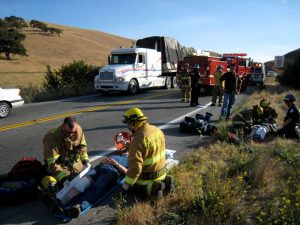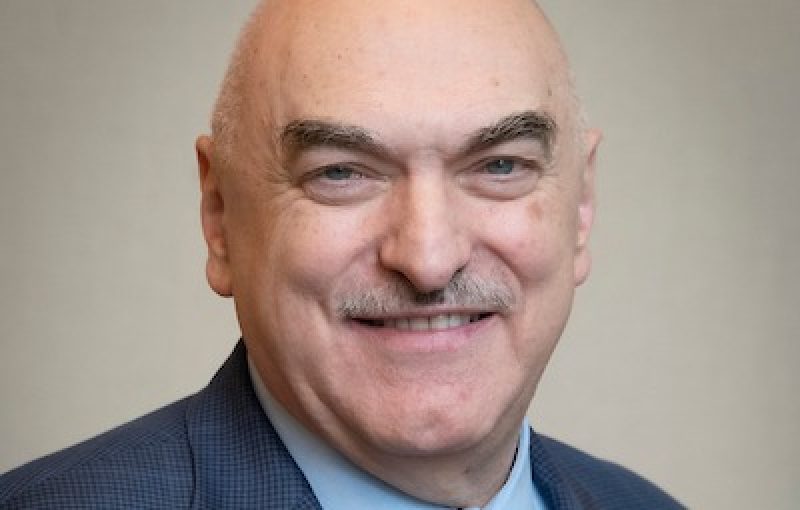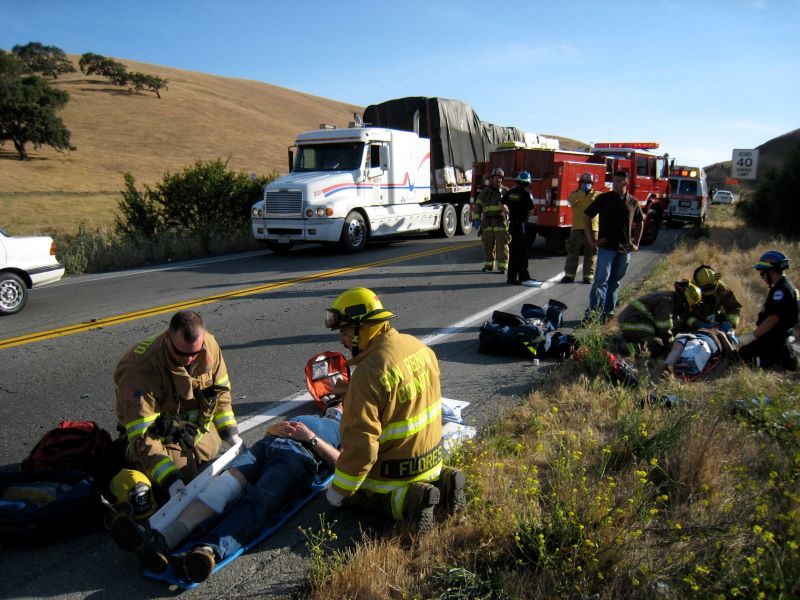David Jones has always pursued the unbeaten path, whether backcountry trekking or back in the lab. His zest for exploration began as a youth growing up in numerous places, primarily the United Kingdom and Africa. It has propelled him on a journey that now spans 85 countries on every continent and encompasses experiences that range from kayaking in Antarctica to developing innovative treatments for unpaved U.S. county routes. Along the way, he has helped uplift countless rural communities worldwide by preserving and improving a vital asset: their sparsely trafficked, often poorly maintained roads.
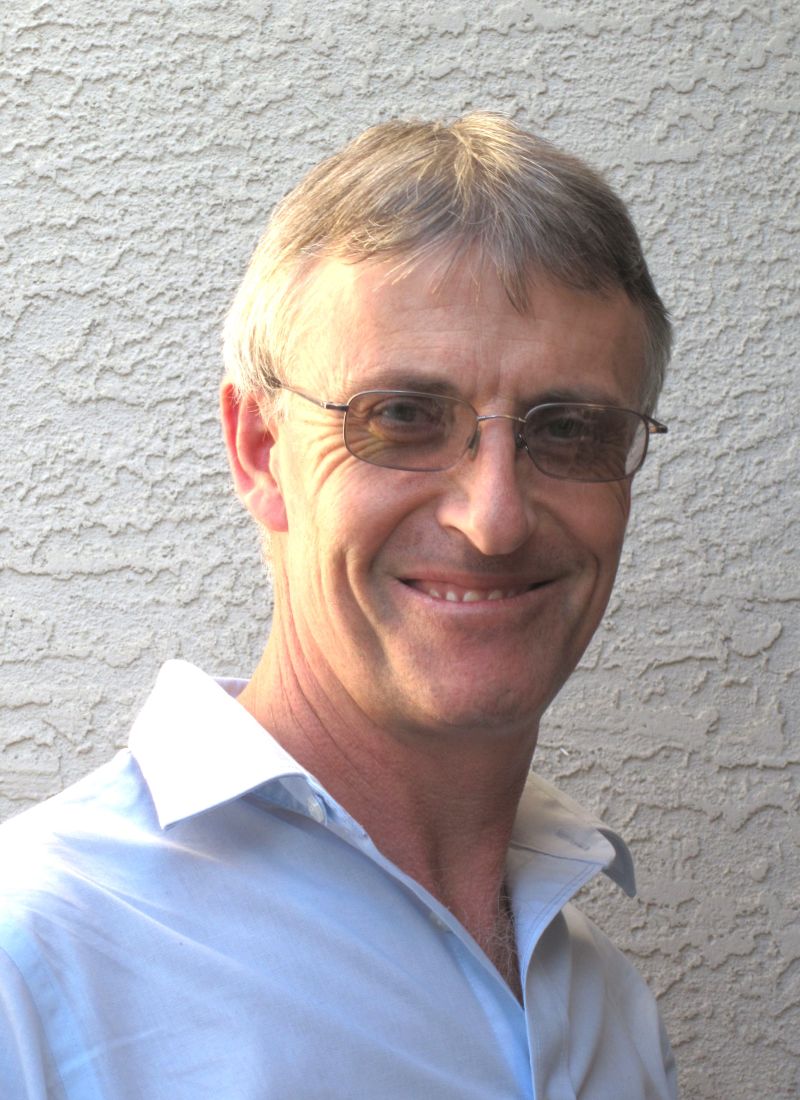 Courtesy of David Jones
Courtesy of David JonesLittle in Jones’s childhood pointed to a future in transportation research—let alone to an impactful career as a pavement engineer and internationally recognized authority on low-volume roads. Initially, forestry was his destination. After graduating from high school in Zimbabwe and then completing two years of military service, Jones earned a community college degree in forest management. In South Africa’s eastern mountains, he managed a large pine plantation that included an unpaved road network critical to the functioning of the forest. Although road management was only one part of a multidisciplinary job, the challenges of keeping the roads open sparked his interest in further study and ultimately led to a career shift focused on pavement engineering.
Jones’s first step was to pursue a degree in the earth sciences at the University of South Africa in Pretoria—initially via correspondence courses—while still maintaining, managing, and conserving the pine forest. The need for more laboratory testing experience soon became apparent and prompted his temporary move to the Council for Scientific and Industrial Research (CSIR), a South African research and development organization in Pretoria. The position became permanent when he completed his degree.
“Being junior in the organization meant having to take on projects that more senior people handed down,” recalls Jones. “One was a comprehensive study of chemical stabilization on paved and unpaved roads.” With no other takers, he started as the lead researcher on what became the topic of his PhD thesis—geotechnical engineering—at the University of the Witwatersrand in Johannesburg and a passport to many further opportunities around the world.
“Research findings that will make a positive difference but don’t get implemented are not particularly useful.”
—David Jones
TRB was among the earliest doors that stabilization project opened. Like all studies, this one started with a literature review. “And the first stop for international research was always the Transportation Research Record, which included the proceedings from TRB’s low-volume roads conferences,” explains Jones, who submitted a paper to the 1995 conference and continues to serve on the journal’s editorial board. Discovering many people with similar research interests encouraged him to attend his first TRB Annual Meeting in 1999—and he hasn’t missed one since. Jones also became an active member of several TRB committees, serving as chair of the Chemical and Mechanical Stabilization and Low-Volume Roads committees, as well as chairing the 2015 and 2019 TRB International Conference on Low-Volume Roads.
That involvement has had a reciprocal influence on Jones’s professional trajectory. An early CSIR research project he led on full-depth pavement recycling, for example, included an accelerated pavement testing (APT) component that landed him a one-year TRB staff appointment on an APT-related study. Similar opportunities arose in the United States as a result, including at the University of California Pavement Research Center, where Jones has led research and implementation initiatives—primarily on pavement recycling and the use of recycled materials in pavement layers—since 2006. The Davis campus, where his lab is located, features an example of that work: a mile-long stretch of roadway that was resurfaced almost entirely with materials recycled from the old pavement and now doubles as a testbed.
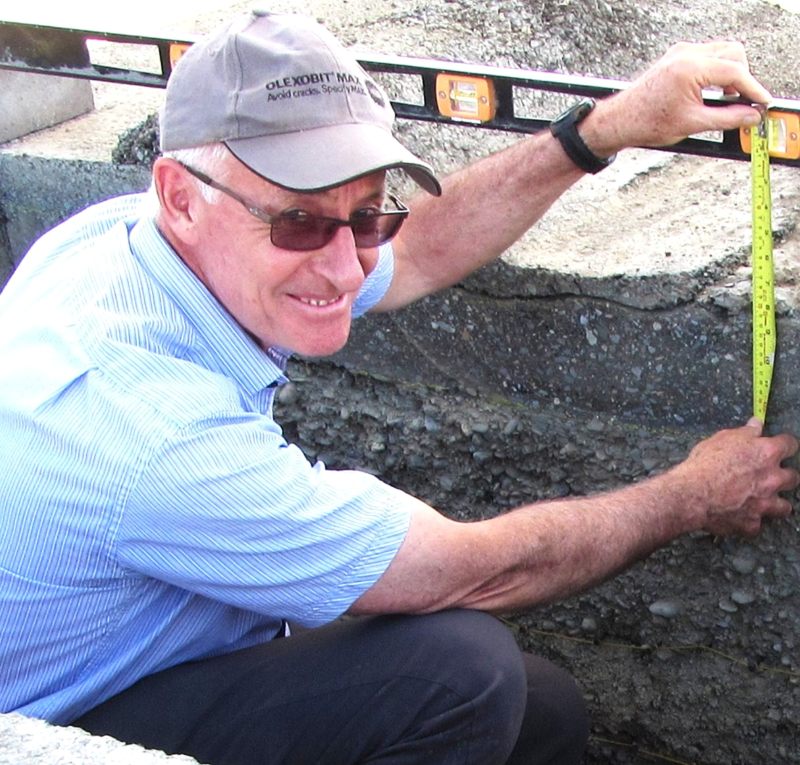 Courtesy of David Jones
Courtesy of David Jones“The networks I established over the years at TRB have been invaluable in understanding other research initiatives around the world,” underscores Jones, a prolific author whose more than 170 peer-reviewed journal articles, guidelines, book chapters, and conference papers include best paper awards from the Transportation Research Record and the International Journal of Road Materials and Pavement Design. He has also mentored numerous individuals during his career, striving to encourage the next generation of engineers to think big-picture and plan research with an implementation focus. “Research findings that will make a positive difference but don’t get implemented are not particularly useful,” he cautions.
Jones’s own investigations reflect a passion for practical, beneficial solutions. Case in point: his pathbreaking work for Caltrans, California’s department of transportation, on cold pavement recycling—an efficient, cost-effective pavement maintenance and rehabilitation technique that doesn’t require materials to be heated at any time during the process. For decades, road agencies tried to fit this newer technique into policies and procedures built around a handful of traditional strategies, without adjustments to make best use of the technology. Jones’s implementation-focused research—which included extensive laboratory and accelerated pavement testing and long-term performance monitoring—concentrated on updating guidance, design manuals and procedures, test methods, and specifications to optimize the use of cold recycling. The recommendations also informed the development of CalME, a pavement design analysis software used by Caltrans to assess the expected performance of different recycling depths and asphalt concrete surfacing thicknesses.
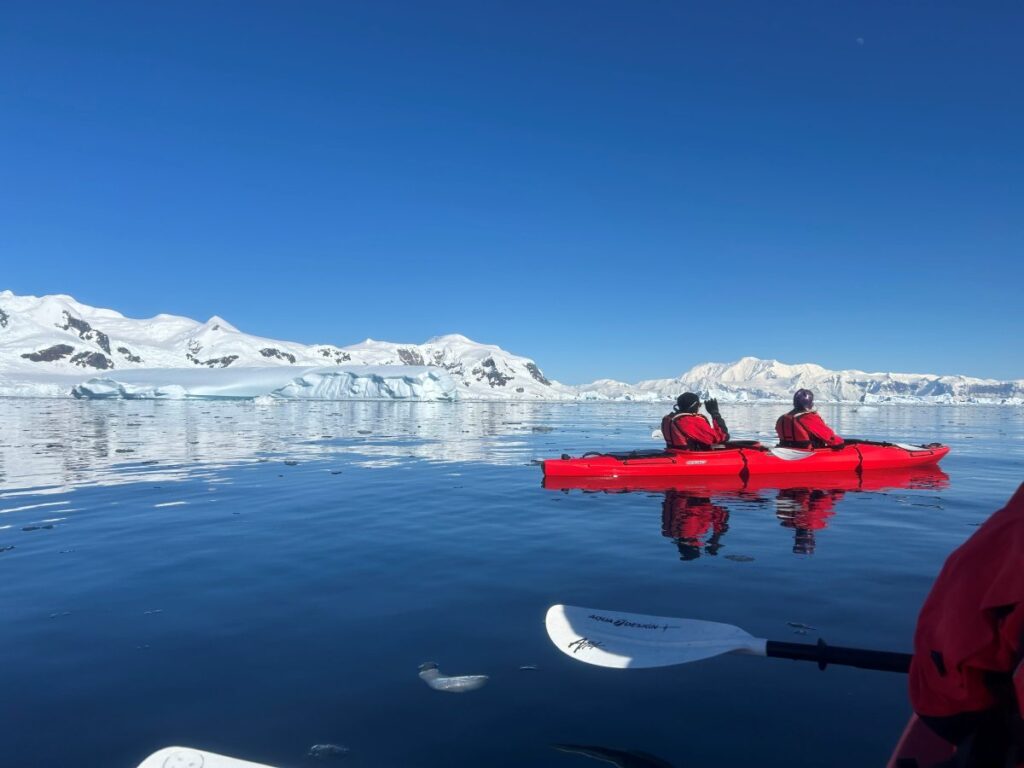 David Jones
David JonesDespite a scarcity of funding, Jones continues to publish and follow research on low-volume roads and complete numerous research studies and consulting projects in the United States and internationally. Outside of work, Jones, a pilot, enjoys hiking, kayaking, and traveling. Ever the explorer, he already is planning expeditions to the Arctic, Scandinavia, and eastern Europe.

